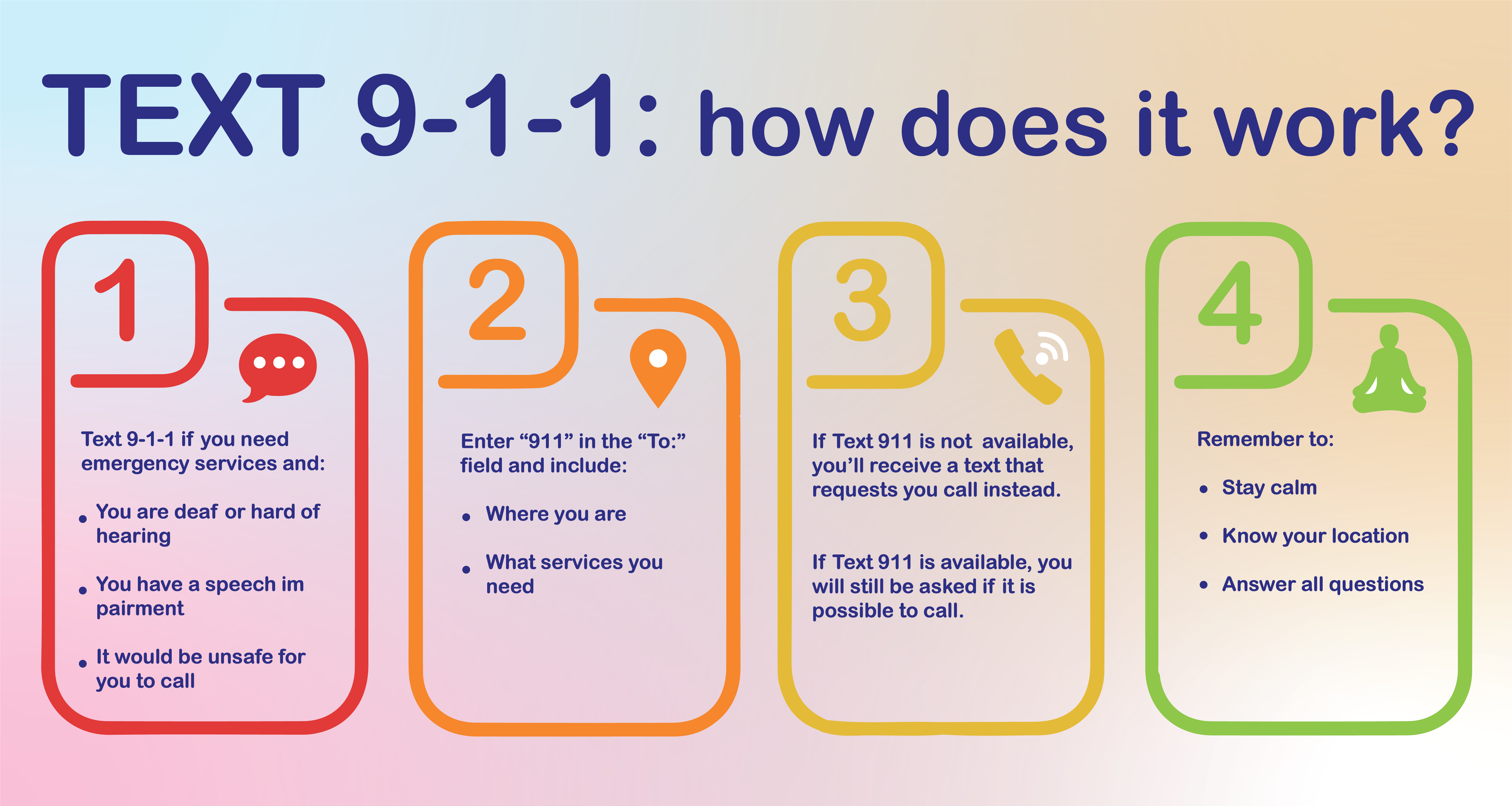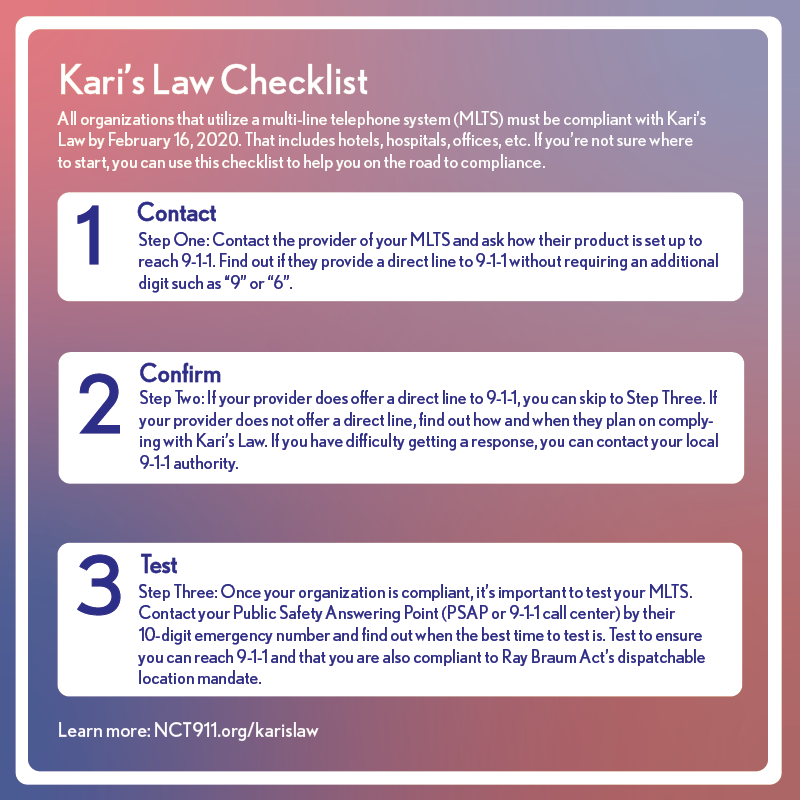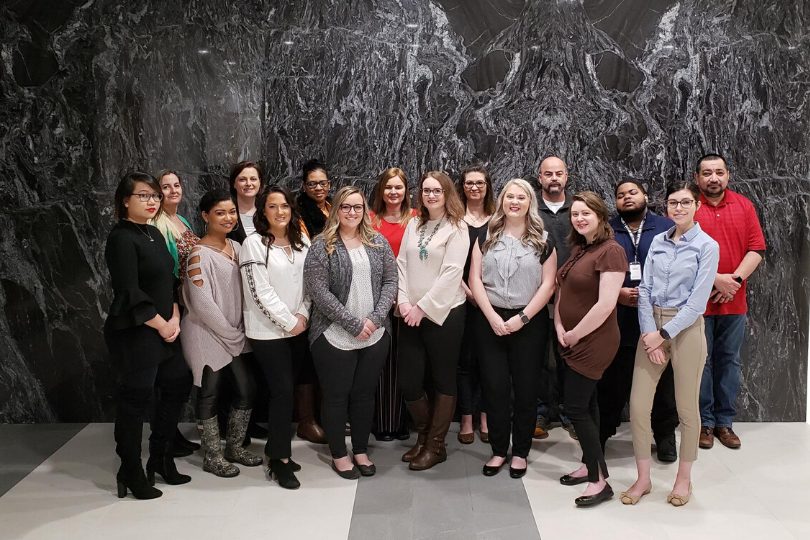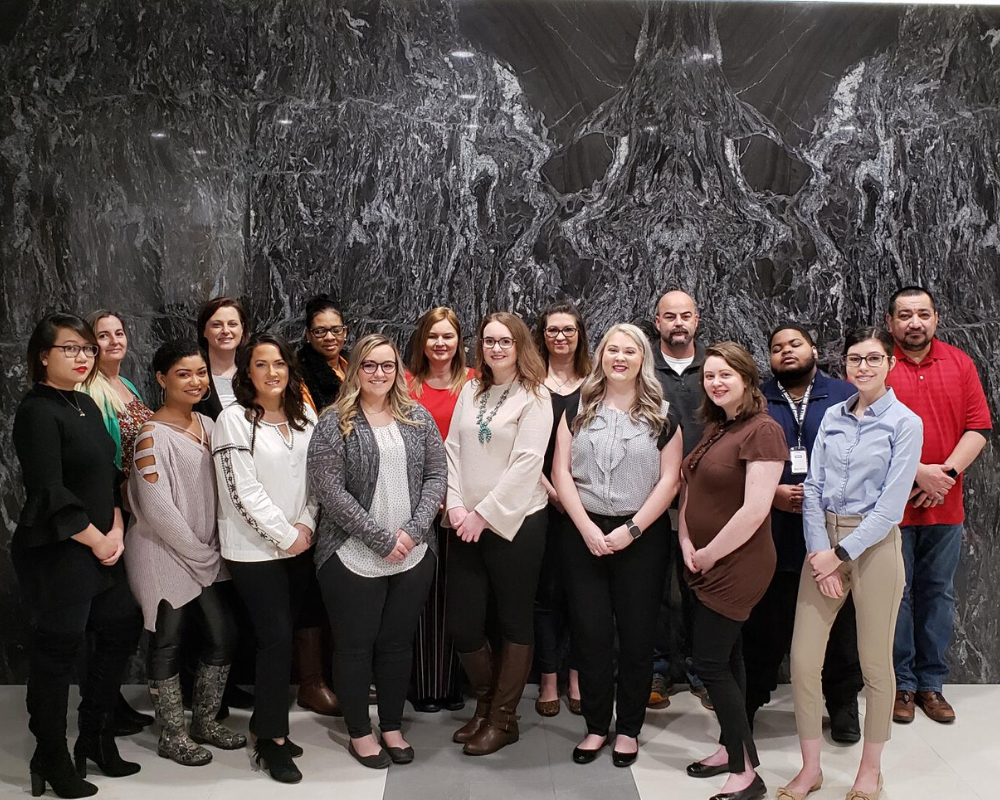Can you text 9-1-1? Or, more importantly, should you?
Can you text 9-1-1? There are very few people out there who know that text-to-9-1-1 is an option, but we’re not surprised. Texting 9-1-1 is a relatively new feature in the industry (hard to believe, but true) and it’s fairly advanced technology for most public safety answering points (PSAPs or 9-1-1 call centers).
The North Central Texas Emergency Communications District has had text since January of 2013, but it is also available in other parts of North Texas outside of our service area. If you want to find out if text is available in your area, you’ll need to contact your local law enforcement agency. Try dialing their 10-digit emergency number or checking their website.
Text-to-9-1-1 is a useful tool and has been adopted by agencies all over the country, but it’s not as good as a voice call to 9-1-1. There are a lot of reasons telecommunicators prefer that you call rather than text, and it’s about more than a personal preference.
- Background Noise
Telecommunicators are not trained to just ask you questions and write down the answers. They are first responders who observe through listening what’s happening in an emergency, and you’d be surprised what they can pick up on. There have been many cases of 9-1-1 call takers receiving calls where the caller can’t speak freely and the telecommunicator must use his or her skills to identify the emergency situation. That ability is lost through a text, and it’s one of the main reasons telecommunicators have divided opinions about text-to-9-1-1 as a tool.
- Immediate Replies
There’s nothing more frustrating than those three dots at the bottom of your phone when you’re waiting for a text. Now imagine that scenario but someone’s life is on the line. Texting is a slower communication tool and call takers have to wait for your response before they can take action. During a call, things move a lot faster. Even if a caller is interrupted mid sentence, telecommunicators can use their training to pick up on the background noise to identify key details of the scene. If you just stop texting, then they’ll never know.
- Tone of Voice
If you’ve ever been on the phone with someone and they’re saying one thing but the way they’re saying it clearly means something else, then you know exactly what we’re talking about. Your tone says a lot about how you’re feeling, and if you’re in an emergency and panicking, sometimes the right words just won’t come to you. But the training and skill of 9-1-1 telecommunicators allow them to identify those cues and coach you through answering their questions. If you’re texting them, they may not be able to pick up on those subtle differences.
So, when should you text 9-1-1? And how do you do it?
We obviously believe text-to-9-1-1 is useful despite its limitations or else we wouldn’t have been one of its early adopters. But we think you should only use it if you are hard of hearing or Deaf, have a speech impairment, or if you are in a situation where it would be unsafe for you to speak, such as during a home invasion where talking would give away your location to an intruder.

You can text 9-1-1 the same way you text anyone else. Open your messaging feature, enter “911” into the “To:” field, and type out your message. If texting is not available in your area, you’ll receive a bounceback message prompting you to call. To receive a quick response, you should include in your text your location (as specific as you can make it), the type of emergency, and what kind of services you need (police, fire, or EMS). Answer all of the telecommunicator’s questions and stay alert in case more information is requested.
Why is text-to-9-1-1 not available nation-wide?
The answer to that is pretty simple: it’s complicated.
A PSAP can’t support text until they have begun to adapt to what we call in the business Next Generation 9-1-1 (NG9-1-1). NG9-1-1 is about adopting IP-based technology within the PSAP and moving away from analog tech, which is where the majority of the country still is. However, adapting your technology means purchasing new equipment and some PSAPs just can’t afford that. At the same time, other PSAPs are concerned that updating their technology may open up their center for things to go wrong. Text capabilities can also be a little controversial to some. Calling, all of us emergency number professionals agree, is always going to be better. So, some centers wonder why having text is necessary if we want to encourage calling in the first place.
At the end of the day, each PSAP has to decide what works best for their telecommunicators, their technology, and their citizens. There isn’t a formula for the perfect 9-1-1 center, and different PSAPs have to think about different variables that might affect them.
We at NCT9-1-1 have had text-to-9-1-1 since 2013. If you are a resident of our region or visiting, you can text 9-1-1 from anywhere in our service area. However, you should only text if you are Deaf or hard of hearing, have a speech impairment, or if it is too dangerous for you to call. Call if you can, text if you can’t.
NCT9-1-1 Service Area
Collin County
Excluding cities of Plano, Richardson, and Wylie
Dallas County
Only cities of Balch Springs, Cockrell Hill, Sachse, Seagoville, and Wilmer
Erath County
Ellis County
Excluding cities of Ennis, Glenn Heights, and Mansfield
Hood County
Hunt County
Johnson County
Excluding cities of Burleson and Mansfield
Kaufman County
Navarro County
Palo Pinto County
Parker County
Excluding city of Azle
Rockwall County
Somervell County
Wise County





